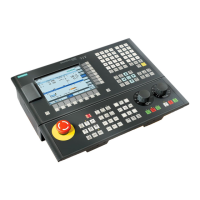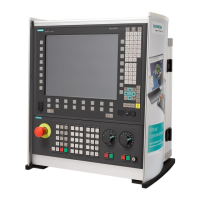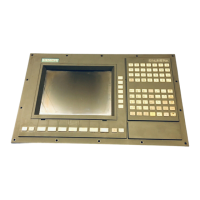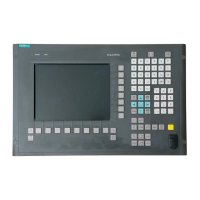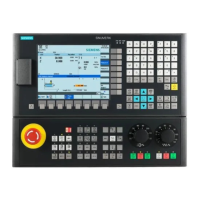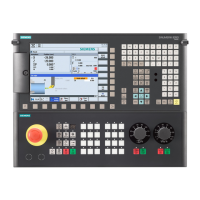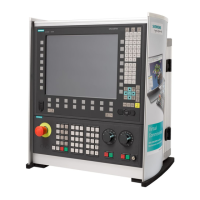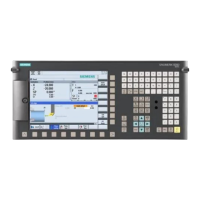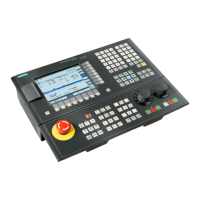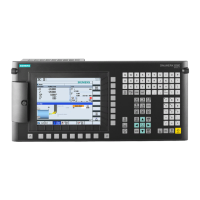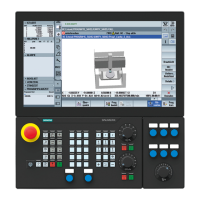Input of Text
3.9 Special considerations when working with East Asian texts.
Generating target language texts (TX2)
Commissioning Manual, 11/2006, 6FC5397-0DP10-0BA0
35
Input
An Input Method Editor (IME) is used for inputting. This is a tool which is used to put together
the pictograms on a European keyboard and can be activated analogously to a keyboard
assignment.
You will normally need a translator who speaks the target language as his/her mother tongue
to operate the IME system.
There is no need to have a Windows operating system in the target language.
Full-width European characters
In the code pages for the East Asian languages, two versions of many of the European
characters (Latin letters, numbers and the characters # $ % & etc.) are included:
• In the normal (narrow, half-width) version.
This is the set of ASCII characters which is compatible with European code pages.
• In a double-width (full-width) version.
These versions of the characters are twice as wide and are not compatible with the ASCII
characters.
If you are using characters with a functional significance it is important to use the ASCII
versions.
Correct example (SINUMERIK alarm text, Japanese):
The circled characters are:
014195 0 0 Identifier and attributes
Space character Syntactical separator
Inverted commas Text delimiters
%1, %2 Parameter variables
Only the ASCII versions must be used for these characters.
Note
In the remaining part of the text it is quite acceptable to use full-width characters for better
readability (as in the example here for G49).
Notice
There is even a full-width version of the space character (ideographic space). You can only
recognize this character from its width by selecting it.
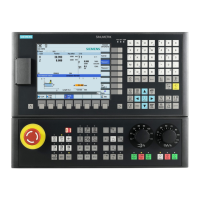
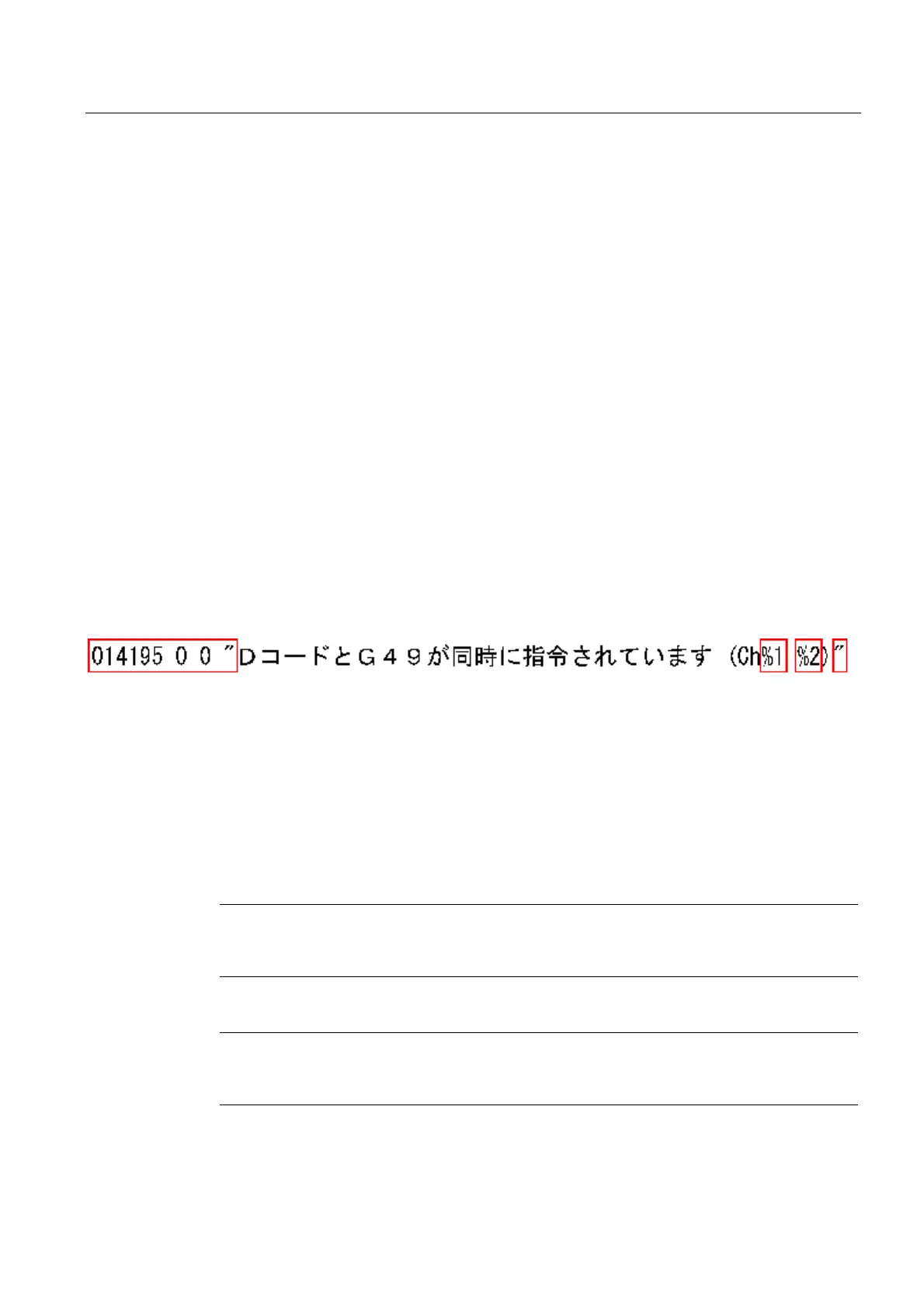